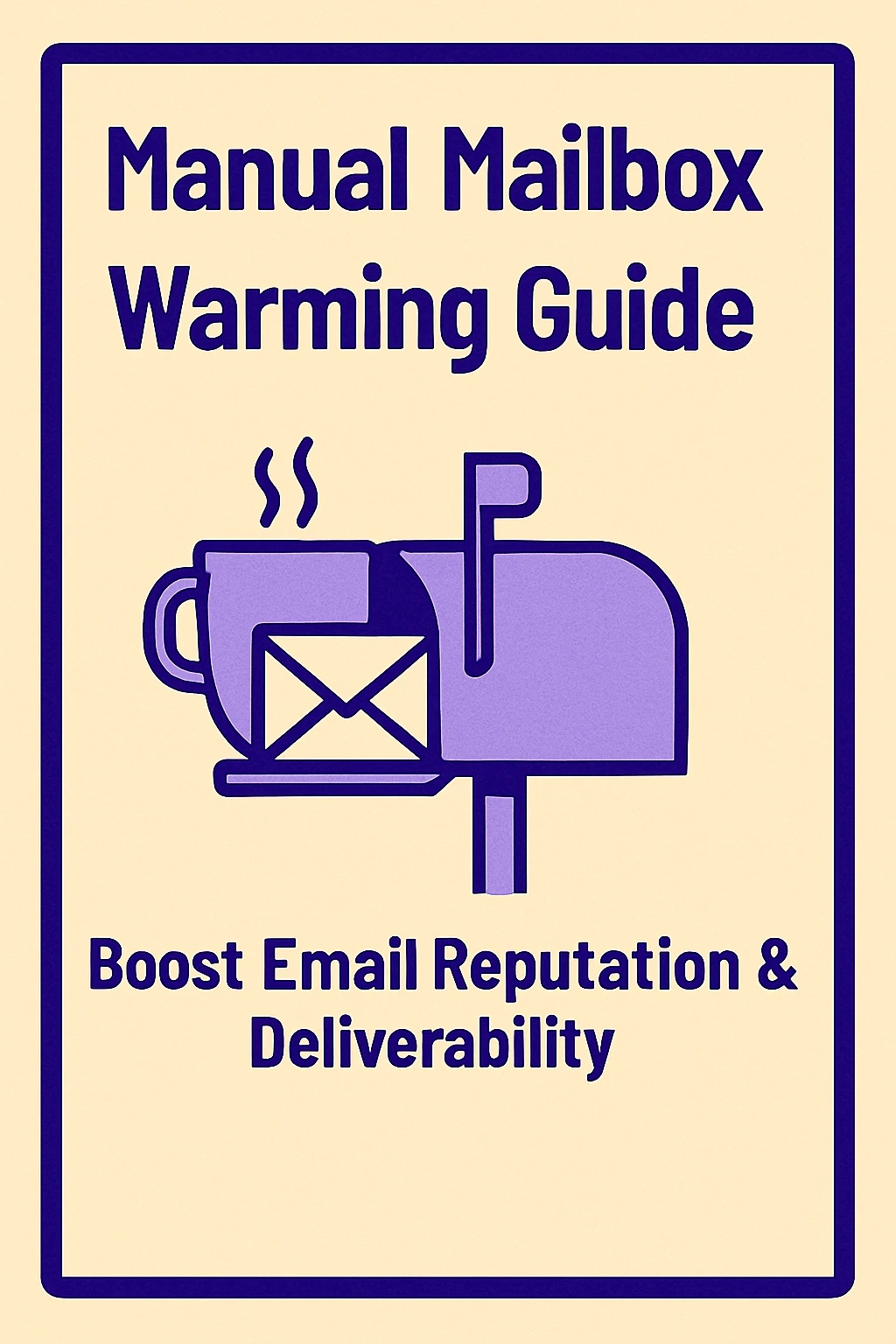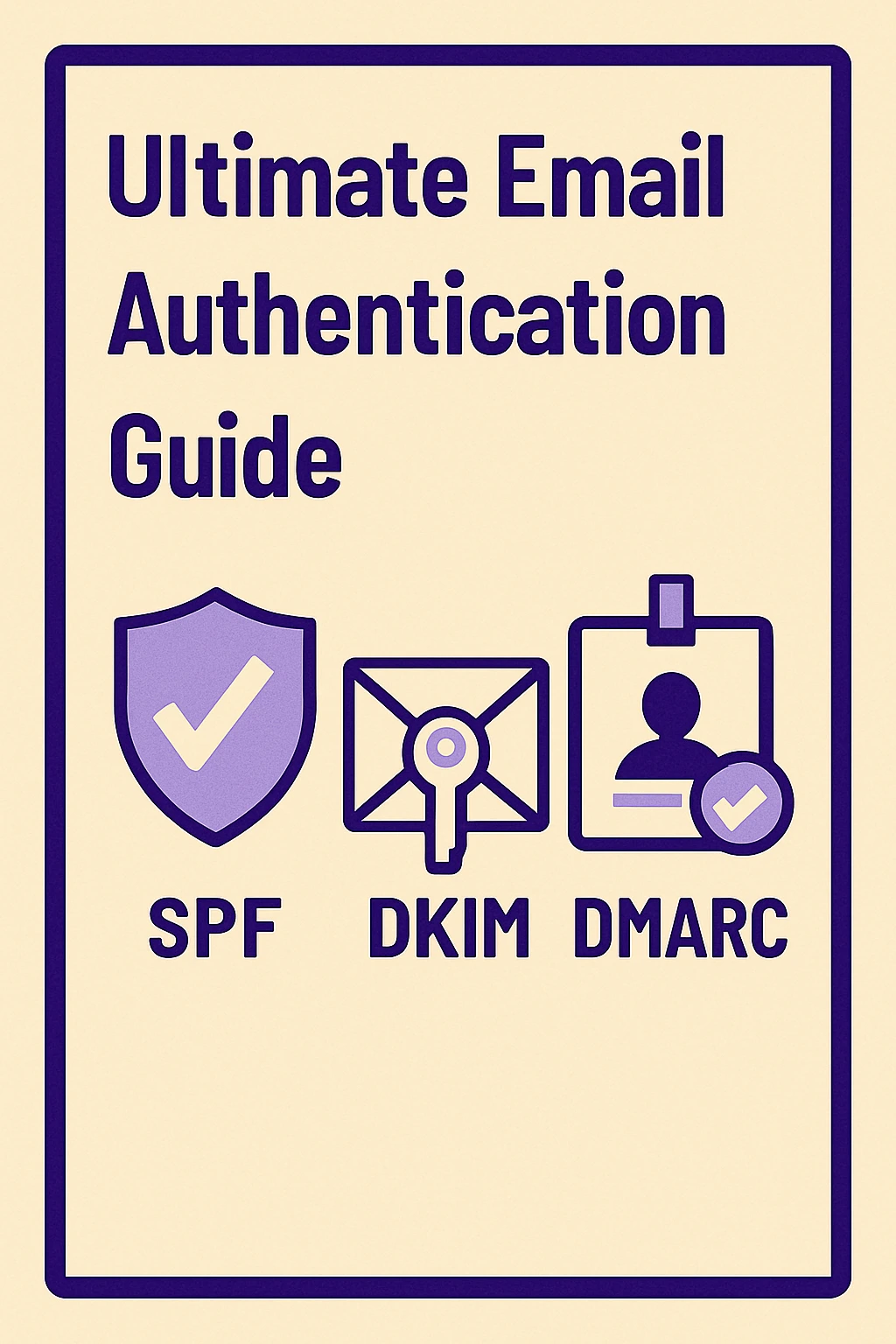Blend Marketing into Transactional Emails with Infrastructure
This in-depth guide explores how marketers can blend marketing into transactional emails using the power of email infrastructure platforms. While most businesses overlook transactional emails, this blog explains why they are the most trusted, highest-performing emails in your inbox—and how to use that trust to your advantage. We break down what counts as a transactional email, why they outperform promotional messages in open rates, and how to embed personalized content without crossing legal lines. From product recommendations to referral offers, you’ll discover real-world examples and design tips that actually work. The article also dives into the role of infrastructure tools like MailKarma.ai, InfraForge, Mailreef, and Mission Inbox, showing how they improve deliverability, protect your sender reputation, and help you stay compliant. Whether you're new to hybrid emails or refining your current strategy, this blog gives you the insights and infrastructure knowledge to do it right.

Ever noticed how you never miss a shipping confirmation email, but you might scroll past five promotional ones? That’s not just you—it’s a pattern. When someone buys something, resets a password, or creates an account, they expect an email. And that email gets read. Now imagine that same email offering a helpful suggestion or an incentive for a future purchase. That’s smart marketing, and it doesn’t require sending more emails—just sending better ones.
Many businesses overlook this opportunity. The truth is, transactional emails are one of the most trusted and visible touchpoints you’ll ever get. If you’re not using them to drive more engagement or revenue—without being pushy—you’re missing a powerful strategy. And the engine behind making it all work? Email infrastructure platforms.
They ensure your emails are delivered properly, comply with regulations, and remain secure—all while helping you embed subtle, effective marketing messages into transactional flows.
The Overlooked Power of Transactional Emails
What Counts as a Transactional Email?
Transactional emails are automatically triggered by user actions. They’re not optional—they’re expected. These include:
- Order confirmations
- Shipping updates
- Password reset emails
- Account activations
- Subscription notifications
They deliver necessary information, and because of that, they carry a level of trust that marketing emails simply don’t. But that doesn’t mean you can’t include value-added content, so long as the primary purpose stays transactional.
Why Transactional Emails Outperform in Open Rates
When someone’s waiting on their tracking number or resetting a password, they’re looking out for that email. Open rates for transactional emails often exceed 60%—sometimes even 80%. Why? Because:
- They’re expected and timely
- They’re seen as important
- They often address an immediate need
Compared to the 10–20% average open rate for promotional emails, the difference is clear. This makes transactional emails prime real estate for subtle engagement.
The Right Moments to Insert Marketing Content
Timing and relevance are everything. Great moments to introduce light marketing in transactional emails include:
- Post-purchase: Offer add-ons or related products
- Account creation: Share a referral incentive
- Shipping confirmation: Show customer reviews or discounts for next orders
- Password reset: Suggest exploring a new feature
Each of these builds on user intent without disrupting the purpose of the email.
The Role of Email Infrastructure in Deliverability & Performance

Understanding Email Infrastructure Platforms
Think of email infrastructure like the plumbing system of your house. You don’t always see it, but if something goes wrong, you notice. It’s responsible for:
- Routing your messages properly
- Authenticating your sender identity (SPF, DKIM, DMARC)
- Managing bounce handling and spam compliance
- Ensuring your emails hit inboxes fast, not spam folders
Platforms like MailKarma.ai, InfraForge, Mailreef, and Mission Inbox serve as your foundation. Without them, even the best content can fall flat.
Why Transactional Emails Still Need Solid Deliverability
Some marketers think, “It’s transactional—it’ll get delivered anyway.” But if you’ve got poor infrastructure, bad domain reputation, or shared IPs flagged for abuse, your receipts and alerts could still get buried in junk folders.
Reliable infrastructure makes sure your emails:
- Arrive quickly
- Appear legitimate to inbox providers
- Avoid blacklists or blocklists
- Maintain consistent delivery patterns
Warming Up IPs and Protecting Domain Reputation
Sending thousands of emails from a new IP? You’re a stranger to email providers. Warming up an IP gradually builds your credibility.
Domain reputation works the same way. Infrastructure platforms manage these nuances behind the scenes so you don’t trip filters or get throttled.
How to Seamlessly Blend Marketing Into Transactional Emails
Smart Use of Dynamic Content
Dynamic content lets you tailor each message based on what someone just did. Say a customer buys headphones. The shipping confirmation email could include:
- “Complete your setup” with a link to accessories
- An invitation to review the product later
- A 10% off coupon for their next purchase
A real estate app we worked with used onboarding confirmation emails to promote its new calculator tool. Subtle placement. Clear value. Higher feature adoption.
Staying Compliant With Marketing Inside Transactional Messages
Rules matter. If you cross the line and make the promo louder than the transaction, your email might violate:
- GDPR (Europe)
- CAN-SPAM (USA)
- CASL (Canada)
Good infrastructure platforms enforce compliance checks automatically. They can:
- Monitor where your audience is
- Tag and separate promotional content
- Manage opt-outs and preferences
It’s about building trust—and keeping it.
Cross-Promotion Tactics That Feel Organic
Here are some real-world ideas that don’t scream “sale,” but drive real results:
- Order confirmation: “Invite a friend, get $10”
- Subscription renewal: “See what’s new this month”
- Password reset: “Explore our newest features”
These feel helpful, not disruptive.
Designing for Engagement
I remember an e-commerce brand that added a banner to its shipping emails: “Tag us in your unboxing and get featured.”
Simple idea. Big boost in engagement.
When designing hybrid emails:
- Keep promo sections visually distinct
- Use softer language (“You might like…” instead of “Buy now”)
- Don’t clutter—balance whitespace and layout
Email Infrastructure Tools That Help You Do This Right
Features That Make a Difference
Infrastructure platforms help with:
- Template design and segmentation
- Bounce rate tracking
- IP warming
- Spam score checking
- ISP-specific delivery insights
These tools give you the technical edge to make every email count.
Why Marketers Trust MailKarma.ai
MailKarma.ai is like your sender reputation radar. It:
- Scores your domain and IP health
- Flags when Gmail or Outlook starts treating you differently
- Sends alerts for unusual spam complaints
It’s proactive protection.
🔧 Want to see how your sender reputation is doing? Book a demo with MailKarma.ai and start improving your email delivery today.
Optimizing and Growing Through Hybrid Messaging

A/B Test Where It Counts
Want to know if a small promo block in a receipt works better at the top or the bottom? Test it.
Your infrastructure should allow:
- Split testing by content or design
- Tracking opens, clicks, and downstream conversions
Track Without Hurting Deliverability
Avoid heavy scripts or tracking pixels. Instead:
- Use UTM-tagged links
- Leverage lightweight tracking tools built into your platform
- Review by audience segment
Use Feedback Loops to Sharpen Strategy
What’s working? What’s too much? Ask:
- Did unsubscribes spike?
- Are users engaging more post-purchase?
- Which templates perform best over time?
Infrastructure gives you the visibility to learn and adapt.
Pitfalls to Watch Out For
Trying to Do Too Much
Don’t overload the email. Respect the format.
- Keep the main message front and center
- Stick to one promo idea
- Never use bait-and-switch tactics
Weak Infrastructure = Weak Results
Without a solid foundation, even a beautifully written email may:
- Get delayed
- Bounce
- Be marked as suspicious
Overlooking Legal Risks
Sending promos without proper consent can:
- Violate regional laws
- Damage your brand
- Lead to ISP penalties or legal action
Let your infrastructure handle the compliance so you can focus on content.
Final Thoughts: Build Trust, Then Build Revenue
Your transactional emails are already getting attention—don’t let that go to waste. Used wisely, they can:
- Increase engagement
- Boost lifetime value
- Reinforce brand credibility
But only if they’re delivered well, designed with care, and backed by solid infrastructure.
Ready to monitor your sender health and grow responsibly? Get a free demo from MailKarma.ai and see where your emails stand.
Recap of Recommended Platforms
- MailKarma.ai: Monitors sender reputation, trust scores, and delivery trends
- InfraForge: Built for secure and fast delivery across all ISPs
- Mailreef: Offers real-time message-level analytics and bounce handling
- Mission Inbox: Optimized for inbox placement, not just delivery rates
Frequently Asked Questions (FAQs)
Q1: Can I include marketing in transactional emails legally?
Yes, but the main content must be transactional. Keep promotional parts small and relevant.
Q2: What's a good example of a hybrid email?
A shipping confirmation that suggests related items or invites a review.
Q3: Why are transactional emails more effective than promos?
Because people expect them, and they often contain something useful or necessary.
Q4: How do platforms like MailKarma.ai help?
They track how email providers view you, spot red flags early, and help maintain a good sender reputation.
Q5: What are the risks of ignoring infrastructure?
Poor delivery, spam complaints, damaged domain reputation, and compliance issues.
Q6: What makes MailKarma.ai especially useful?
Its real-time alerts, sender scoring, and insights into ISP behavior help marketers catch and fix issues fast.
Recent Blogs
FAQs: Everything You’re Wondering About Cold Email Deliverability & MailKarma’s Infrastructure
MailKarma is a dedicated email infrastructure solution built exclusively for cold email outreach. Unlike shared inbox tools or general ESPs, MailKarma gives you complete control over your sending setup—private US IPs, clean domains, and expert-backed deliverability practices. Built by cold email pros, MailKarma is optimized to scale outreach without landing in spam.
Because MailKarma sets up private infrastructure—including custom domains and mailboxes—it doesn’t offer a traditional free trial. However, you can explore the platform, view your dashboard, and test features before provisioning infrastructure. Our private dedicated email servers cost $150 per server plus $0.001 per email sent, making it extremely cost-effective for high-volume cold email campaigns. For Gmail Workspace solutions, pricing starts at $3.50 per email with a 10-email minimum, dropping to $2.50 per email for volumes over 100 emails. This transparent pricing model ensures you only pay for what you use while maintaining enterprise-grade email deliverability.
Yes. MailKarma automatically sets up SPF, DKIM, and DMARC records using best-in-class standards. No technical hassle—our system handles everything behind the scenes, and our support team is always ready to assist if needed.
Every MailKarma subscription includes:
- Automated DNS setup (SPF, DKIM, DMARC)
- Private mailbox hosting
- Ongoing deliverability optimization
- Server monitoring and uptime guarantees
It depends on your monthly sending volume and the number of contacts per sequence. To simplify this, MailKarma includes a volume-based calculator inside the app to help you choose the optimal setup for scale, safety, and inbox placement.
Gmail and Outlook aren't built for cold outreach—they throttle volume, rotate IPs, and limit deliverability. MailKarma gives you:
- Dedicated infrastructure
- Warmed IPs and aged domains
- No shared resources
- Built-in best practices for cold outreach
It's the infrastructure your outreach actually needs.

.png)



